While I’m 100% in love with sourdough bread because it takes amazing and is so good for you, I mostly watched from the sidelines as the entire internet seemed to learn the art of sourdough. When friends and family asked me about the ingredients in real sourdough bread, I’d give them the short answer (flour, water, salt), and this was the recipe I recommended to get them started.
Whenever I want a tried and true traditional food recipe, I always look to my friend, Jenny Mc Gruther of Nourished Kitchen. Her no-knead sourdough bread is no exception. Jenny has a way of turning mere ingredients into beautiful, edible works of art that also taste insanely delicious. And when it comes to sourdough, she’s the queen.
You’ll need a sourdough starter to make this bread, so either mooch some from a bread-making friend or learn how to make yours in this post. For the full, step-by-step of how to make this no-knead sourdough bread straight from Jenny herself, check out this post.
While I didn’t bake a single loaf of bread during lockdown, I most certainly ate my share of sourdough bread. Finding real sourdough bread can be a bit of a challenge though. Have you read the labels? Con-fuse-zing.
What are the ingredients in real sourdough bread?
The ingredients in real sourdough bread are simply flour, salt, and water. This could also include “sourdough starter” or “cultured starter” but as you probably know by now, sourdough starter is just flour and water too.
Pretty much every grocery store you visit will have a bunch of brands of bread with bags labeled “sourdough”. But did you know there’s a good chance that those sourdough loaves are not really sourdough? The same goes for many restaurants. Uncool.
Some basic facts for sourdough:
- Sourdough is made with only a handful of ingredients: flour, water, salt, and sometimes a little oil, herbs, and spices
- True sourdough will never list yeast as in ingredient
- Real sourdough will be made with a cultured starter. This might be listed just as “flour and water”, or may say “starter” or “cultured” wheat or other grain, but will never say “yeast”.
- While you may not be able to tell from grocery store-bought bread, the dough is fermented before baking for 8-10 hours or longer.
- Sourdough bread is not made with sweeteners, “natural flavors”, or preservatives.
Fake sourdough bread may be made with some sourdough starter plus other “natural flavors” to give the bread a sour taste — while the action of rising the bread is done with commercial yeast. Because of this, these imposter sourdough bread loaves have a “sour” flavor yet none of the nutritional benefits.
Other store-bought sourdough bread might be leavened through sourdough but not long enough for the bread to provide the nutritional benefits of true sourdough fermentation.
So now that you know the ingredients in real sourdough bread, you’ll have no reason to be duped. With just a bit of sleuthing, you’ll be able to find real sourdough from the market or a good bakery.
But will you be brave a try your luck making your own sourdough? Try Jenny’s recipe and let us know about your sourdough adventures!
What are the Ingredients in Real Sourdough Bread?
Ingredients
- 100 g sourdough starter, proofed and bubbly
- 375 g warm water
- 500 g whole wheat flour
- 2 tsp. sea salt
- tbsp. oil, for dutch oven
Instructions
The night before you bake:
- Spoon sourdough starter into a large mixing bowl. Pour warmer water over the starter, then whisk water and starter together until the starter dissolves. Add flour and salt to the bowl and use a dough whisk to stir ingredients. Cover the mixing bowl with plastic wrap and let it rest for 15 minutes.
- After 15 minutes, uncover the bowl and wet your hands. Then grab the dough from the bottom and pull it up and over itself. Rotate the bowl 90 degrees and continue to stretch and fold the dough. Do this until you've rotated back to the beginning side. Cover dough and wait another 15 minutes. Then repeat the stretch and fold another time. You'll do this a total of 3 times with a 15 minute rest between each.
- Cover the bowl and let the dough rise for 8-10 hours.
The next morning:
- Flour your working surface, wet your hands and scoop the dough onto your working surface. Spread the dough into a circle that is about 1 to 1 1/2 inch thick. Then fold the edges of the dough into to shape it into a round ball.
- Transfer dough ball into bowl and cover it with a light towel. Allow to rise for another 1 1/2 to 2 hours.
- Once the dough is done rising, place an oiled Dutch oven in a cold oven, and then heat the oven to 500F. Put the dough in the fridge to chill for a few minutes.
- Once the oven is preheated, place the dough back on a floured work surface and score loaf with a sharp knife. Place the dough in the dutch oven, then cover and cook for 30 minutes.
- After 30 minutes, turn the heat down to 450F and uncover. Bake for another 15 minutes, until the bread is a warm brown color and the internal temperature is 210F.
- Remove the bread from the oven and allow it to cool on a wire rack before slicing and serving.
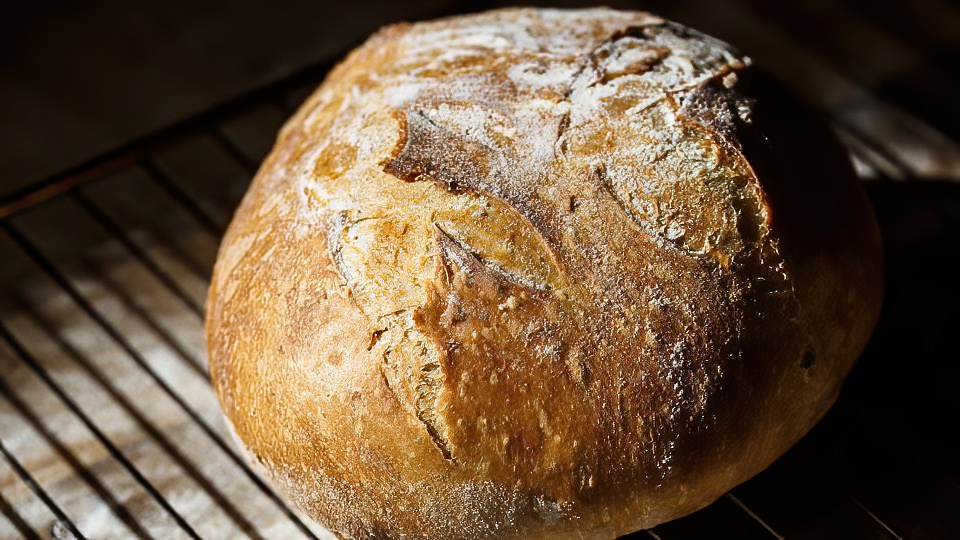

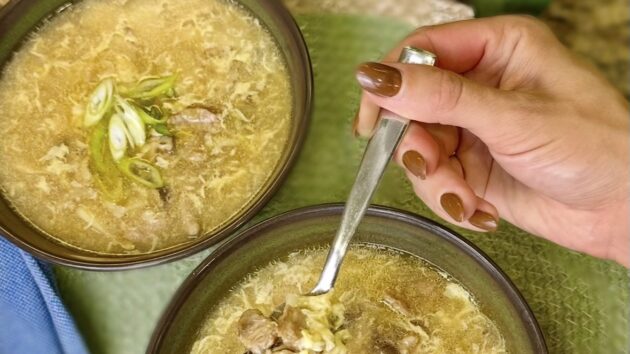
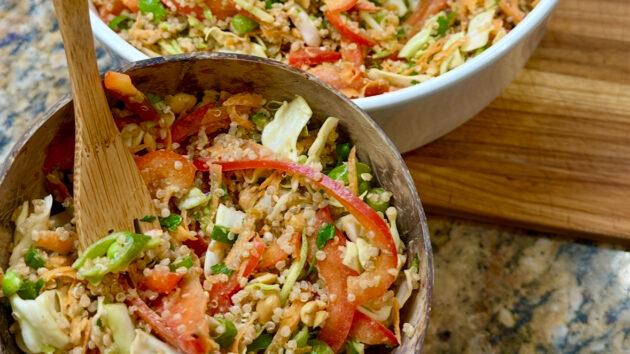

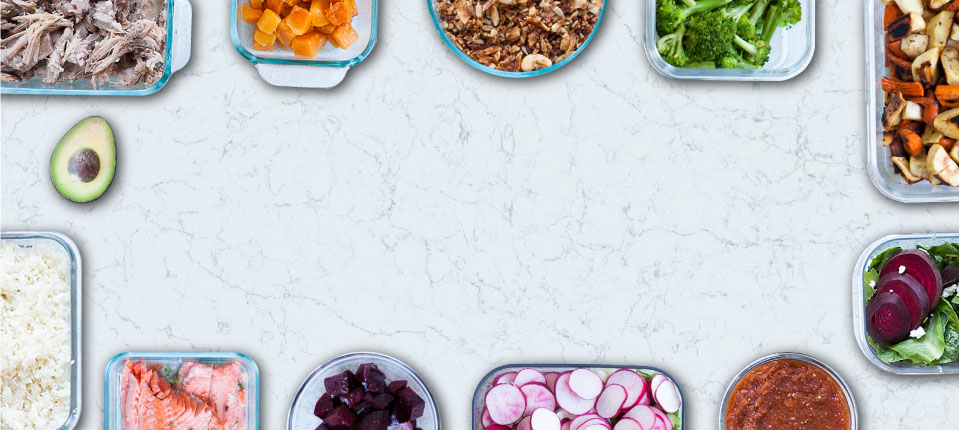
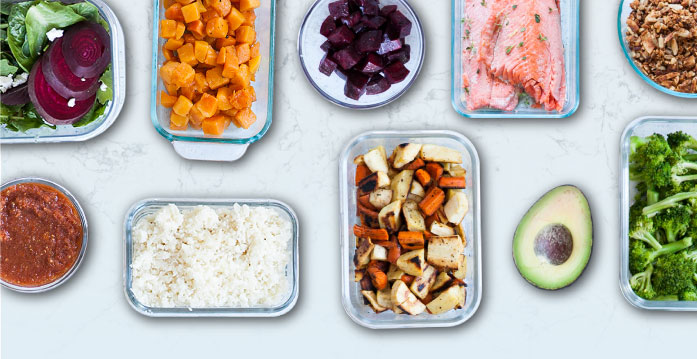
Joanne
Your instructions are confusing. Step 1 and 3 are the same? Haven’t tried yet
Real Plans
Hi Joanne, thanks for the heads up. Somehow all the instruction steps ended up in the wrong order. I just updated so now it should make sense.
Julie
This is my go to recipe. Thank you.
Mary Deas
Where do you get the starter ?
Real Plans
Hi Mary. You can purchase a sourdough starter at your local bakery. Otherwise, if you know someone who bakes with sourdough, they may be able to share some with you. You are also able to make your own sourdough starter. Here’s how: https://holisticsquid.com/how-to-make-a-sourdough-starter/.